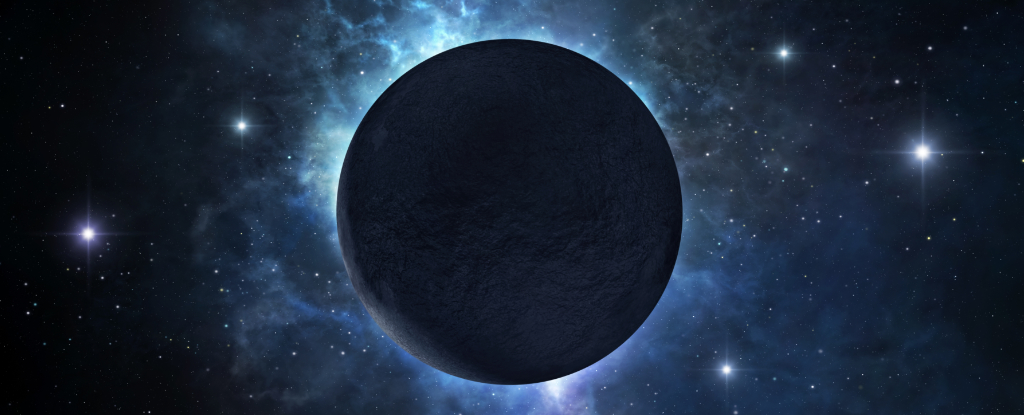NASA's Chandra Observatory Captures Rare Collision of Galaxy Clusters

While the ongoing feud between Donald Trump and Elon Musk captures headlines, a profound cosmic event is unfolding in the depths of space. NASA's Chandra X-ray Observatory, in collaboration with various telescopes, has successfully documented an extraordinary astronomical occurrence: two colossal galaxy clusters, which initially collided about a billion years ago, are now on an inevitable path towards another collision.
This notable system, designated as PSZ2 G181, is located approximately 2.8 billion light-years away from Earth. Galaxy clusters are recognized as some of the most significant structures in the universe. They are intricate assemblies comprising hundreds to thousands of galaxies, vast expanses of superheated gas, and enigmatic dark matter—all held together by the force of gravity.
What makes PSZ2 G181 particularly fascinating is that it is classified as a lower-mass system compared to other known colliding clusters, making this event both unusual and invaluable for scientific examination. The lower mass offers researchers a unique perspective into the mechanics behind such cosmic collisions.
Previous radio observations conducted by the LOw Frequency ARray (LOFAR) based in the Netherlands unveiled bracket-shaped structures that likely represent shock fronts located on the periphery of the PSZ2 G181 system. These shock fronts can be likened to sonic booms generated when jets break the sound barrier, arising from the initial collision which disrupted surrounding gases.
Since this first encounter, the shock fronts have continued to expand outward, currently separated by an impressive distance of about 11 million light-years—this marks the largest separation of such fronts ever documented. New composite images have been produced, merging X-ray data from NASA’s Chandra Observatory, depicted in purple, with blue data from the European Space Agency’s XMM-Newton, red from LOFAR’s radio observations, and optical data from the Pan-STARRS (Panoramic Survey Telescope and Rapid Response System).
These combined observations have unveiled three distinct shock fronts aligned along the axis of the collision, which scientists are interpreting as early indications of the clusters’ forthcoming second interaction. After their initial pass, the two clusters slowed down and initiated a return towards one another, setting the stage for yet another grand cosmic collision.
While researchers are working diligently to ascertain the precise mass of each cluster, the total mass of PSZ2 G181 is notably less than that of other known colliding systems, further underscoring its status as a remarkable case in astrophysics. This groundbreaking discovery, detailed in a series of research papers led by Andra Stroe from the Center for Astrophysics at Harvard & Smithsonian, provides a unique opportunity to explore the dynamics of galaxy cluster collisions and contributes to our understanding of how large-scale cosmic structures evolve.




























